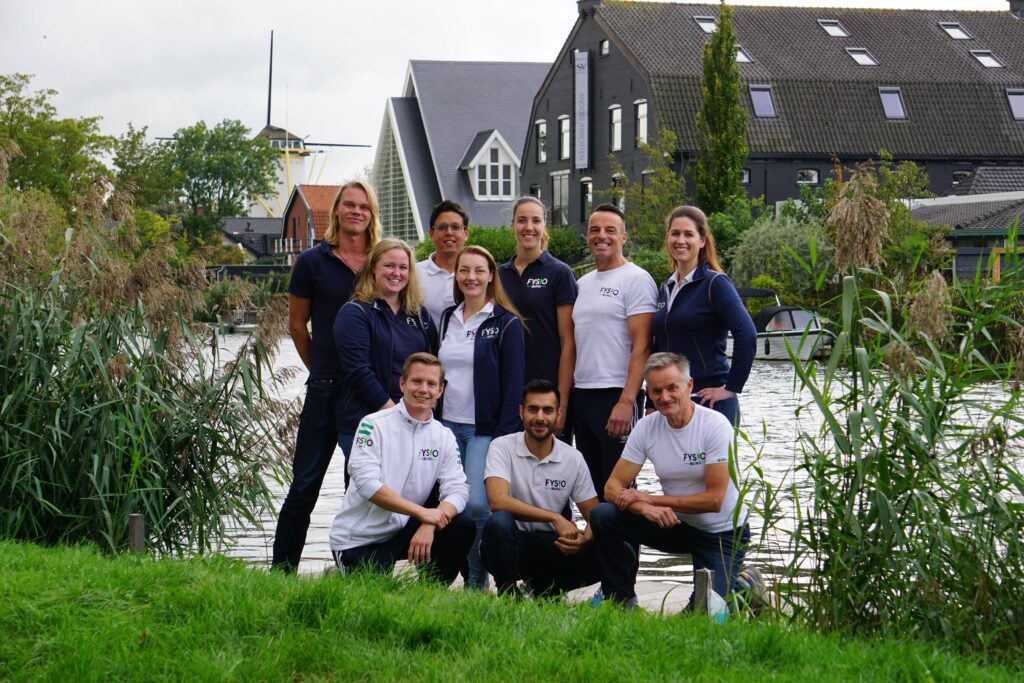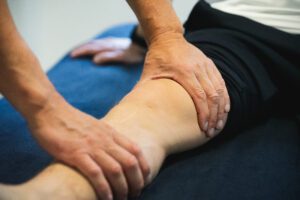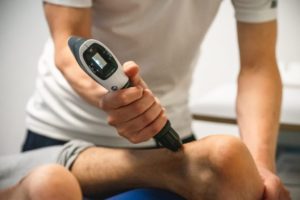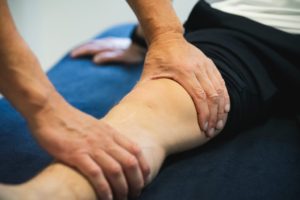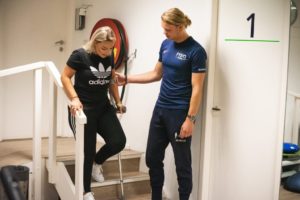What is a cruciate ligament?
The knee contains two cruciate ligaments: the anterior cruciate ligament (ACL) and the posterior cruciate ligament (PCL). These ligaments provide stability to the knee during movement. The anterior cruciate ligament is the most vulnerable and is most often torn during a sudden twisting motion or hard impact.
The main symptoms of a torn cruciate ligament
A torn cruciate ligament often gives clear symptoms, but these can also resemble other knee injuries at first. Look for the following signs:
1. An audible 'snap'
Many people hear or feel a 'pop' at the time of the injury. This can be an indication that the cruciate ligament is indeed torn.
2. Acute pain in the knee
Directly after the trauma, a sharp pain often occurs in the knee. Although the pain may decrease over time, a nagging pain usually remains when loaded.
3. Rapid swelling
Within hours of the incident, the knee often swells. This is due to blood in the knee joint, caused by the tearing of the cruciate ligament.
4. Instability or 'sinking' of the knee
A common symptom is an unstable feeling. It feels like the knee is giving out or "sinking", especially with twisting movements or sudden stops.
5. Movement restriction
Pain and swelling often make it difficult to fully bend or straighten the knee. This can seriously impede daily functioning.
6. Muscle weakness in the upper leg
After a few days to weeks, you may notice that the muscles around the knee, especially the quadriceps, become weak from reduced activity.
When to see a physiotherapist?
Do you recognize one or more of the above symptoms? Then it is wise to contact a physiotherapist or family doctor as soon as possible. At Fysiotherapie Iburg in Rotterdam we perform a thorough screening and can determine the severity of the injury through specific tests. If necessary, we refer for additional research such as an MRI scan.
Treatment and recovery
A torn cruciate ligament can be treated conservatively (without surgery) or surgically, depending on the severity, age and your activity level. In both cases, physiotherapy plays a crucial role in the recovery process. We help you step by step to return to an active and pain-free life.

